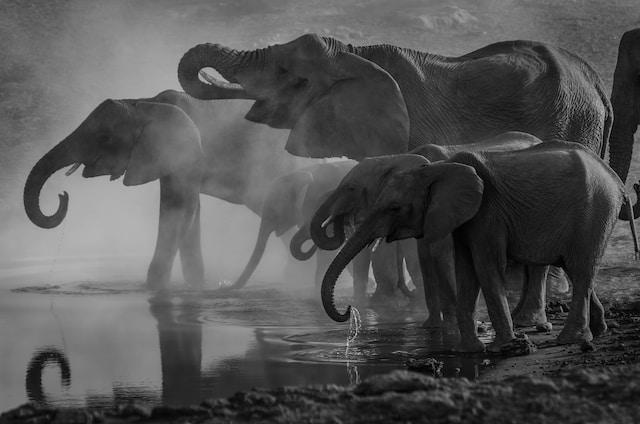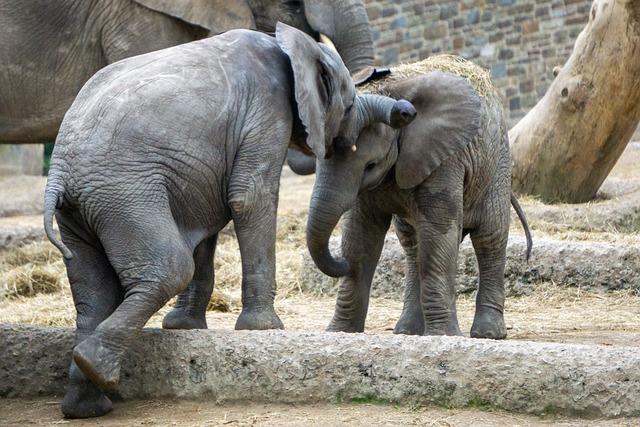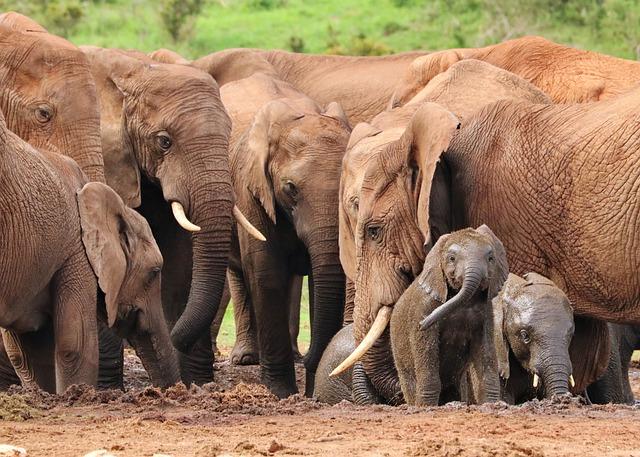Elephants are known for their highly social nature, and their family dynamics are no exception. In elephant society, the matriarchal family unit is the cornerstone of their social structure. These magnificent creatures form close bonds with their family members and take care of each other throughout their lives.
In this article, we’ll take a closer look at elephant family dynamics, including the role of the matriarch, the importance of calves, and how the herd operates as a unit.
The Elephant Matriarch: Leader of the Family
The matriarch is the oldest and most experienced female elephant in the family unit. She’s responsible for leading the herd to food and water sources, as well as keeping them safe from predators. Matriarchs are also instrumental in teaching younger elephants important skills, such as how to forage for food and how to navigate their environment.
Matriarchs are highly respected within the herd, and younger elephants will often defer to their authority. In some cases, multiple family units will come together under the guidance of a particularly strong matriarch, forming what’s known as a “clan.”

The Importance of Calves
Calves are an essential part of elephant family dynamics. When a calf is born, it’s the responsibility of the entire herd to protect and care for it. Female elephants will often help the mother during the birth, and the entire herd will form a protective circle around the newborn to keep it safe.
As the calf grows, it will receive a great deal of attention and affection from its family members. Older siblings will often take on a caretaker role, helping the calf to learn important skills and protecting it from harm.

The Herd: Working Together as a Unit
Elephants are highly social creatures, and their family units operate as a cohesive herd. This means that each member of the family plays an important role in the group’s survival.
For example, elephants will work together to find food and water sources, with the matriarch leading the way. When the herd encounters danger, they’ll form a tight circle around the most vulnerable members, protecting them from harm.
Interestingly, elephants are also known for their ability to communicate with each other over long distances. They use a variety of vocalizations, such as trumpeting and rumbling, as well as physical cues like flapping their ears or shaking their heads, to convey information to other members of the herd.

Elephant Family – Conclusion
Elephants are remarkable creatures with complex family dynamics. From the strong leadership of the matriarch to the important role of calves and the herd’s ability to work together as a unit, these animals demonstrate an incredible level of social intelligence and cooperation. Understanding elephant family dynamics is essential for anyone who wants to appreciate these magnificent animals and the important role they play in our world.

